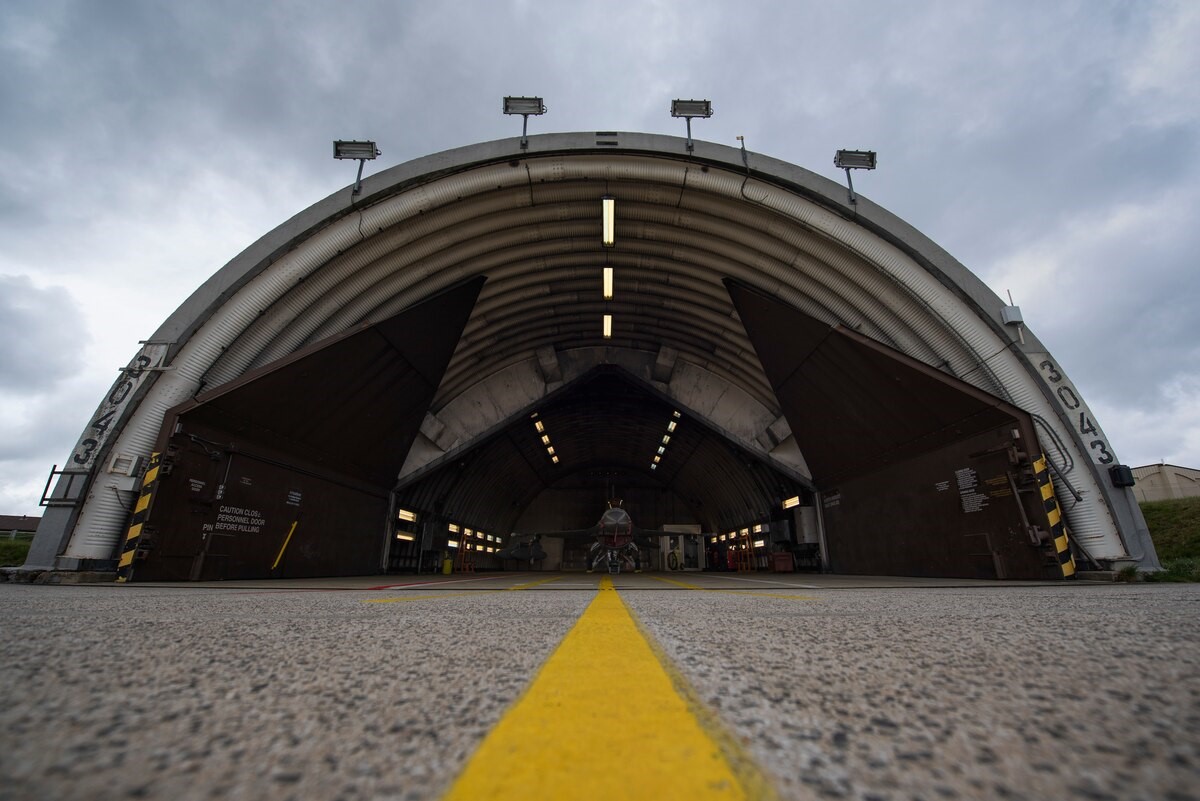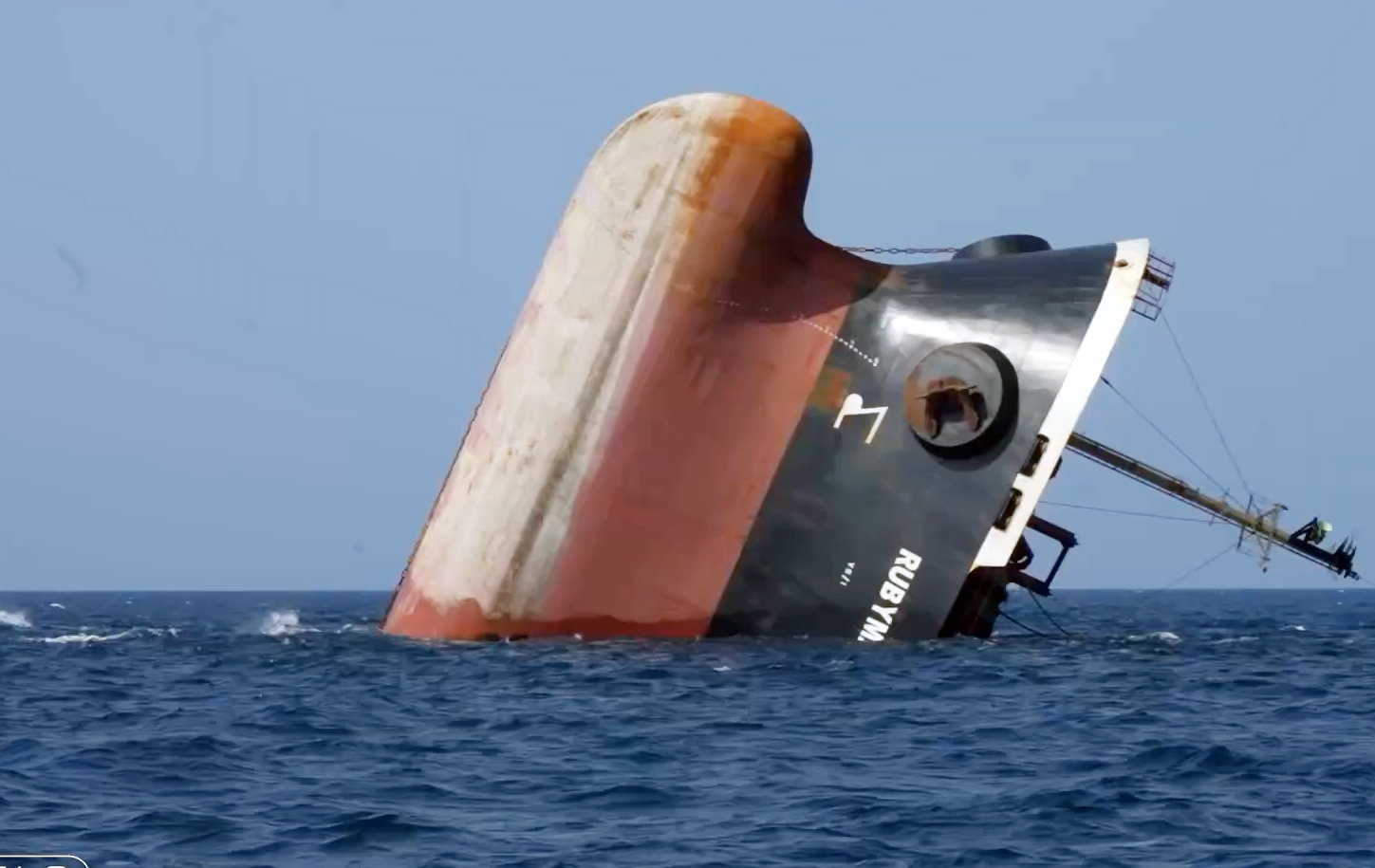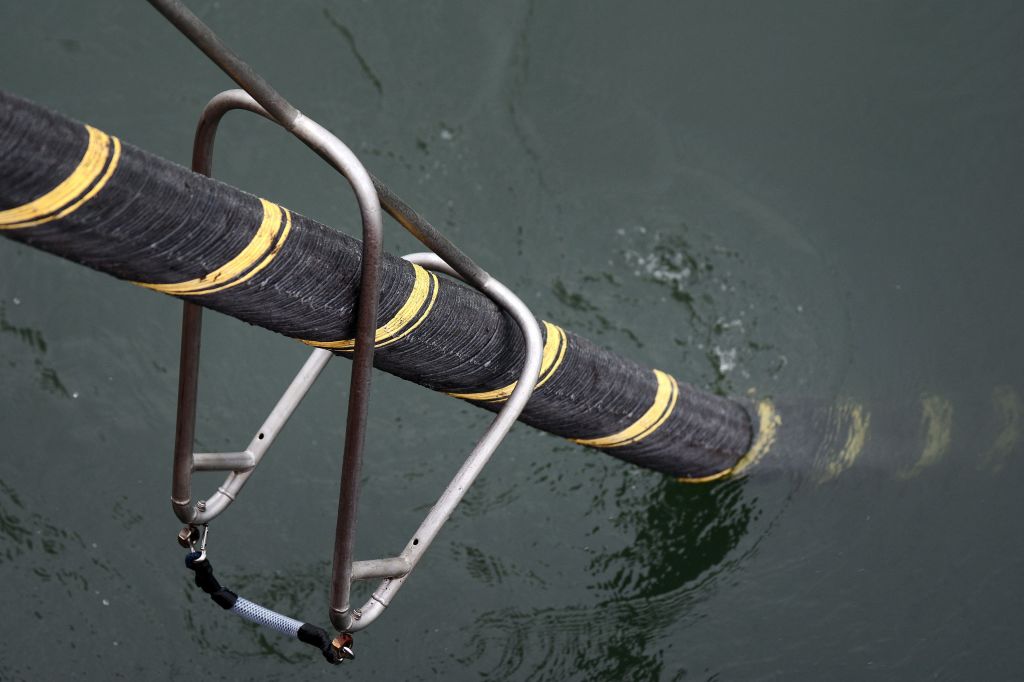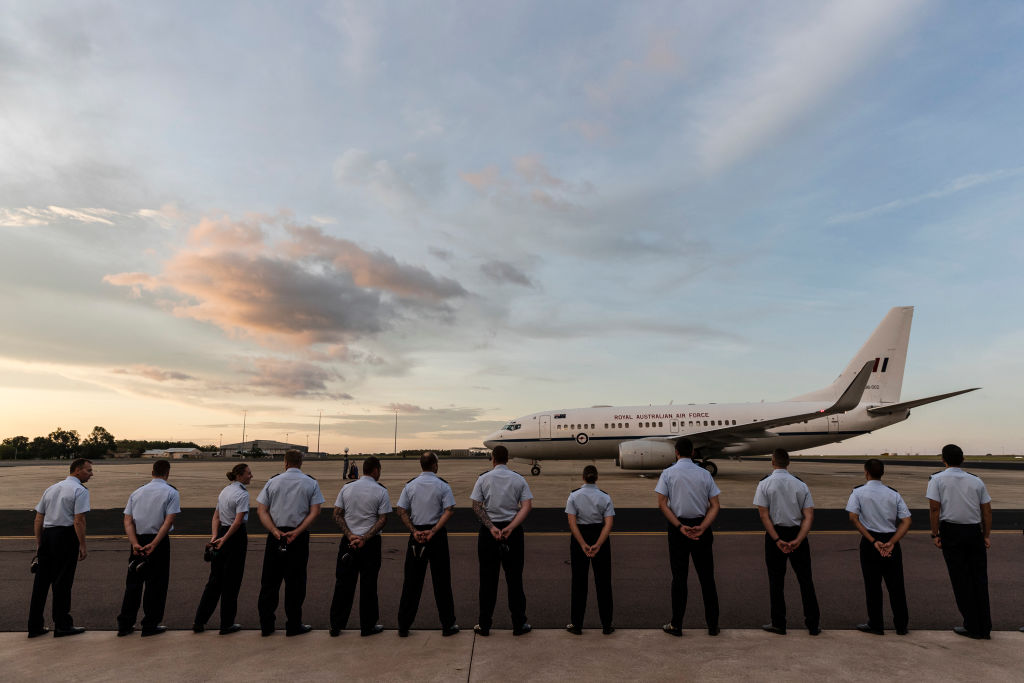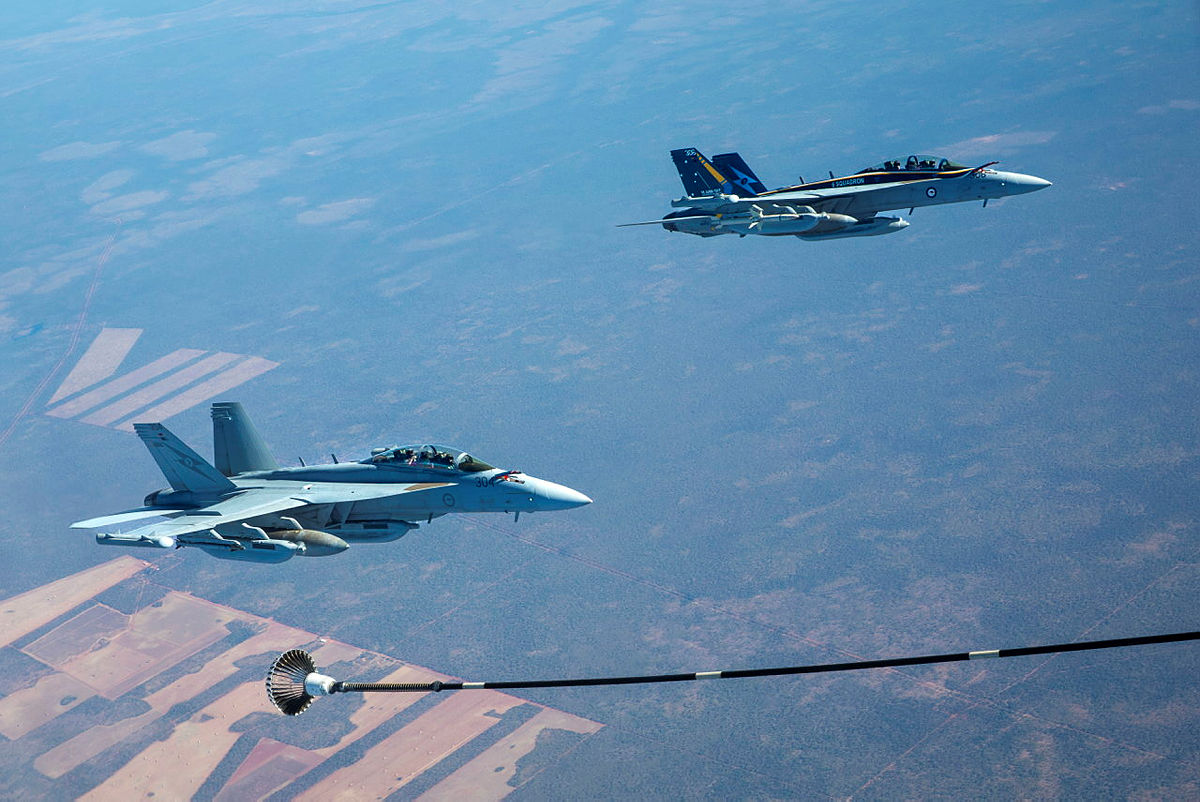Northern Australia’s energy and minerals development still needs more action
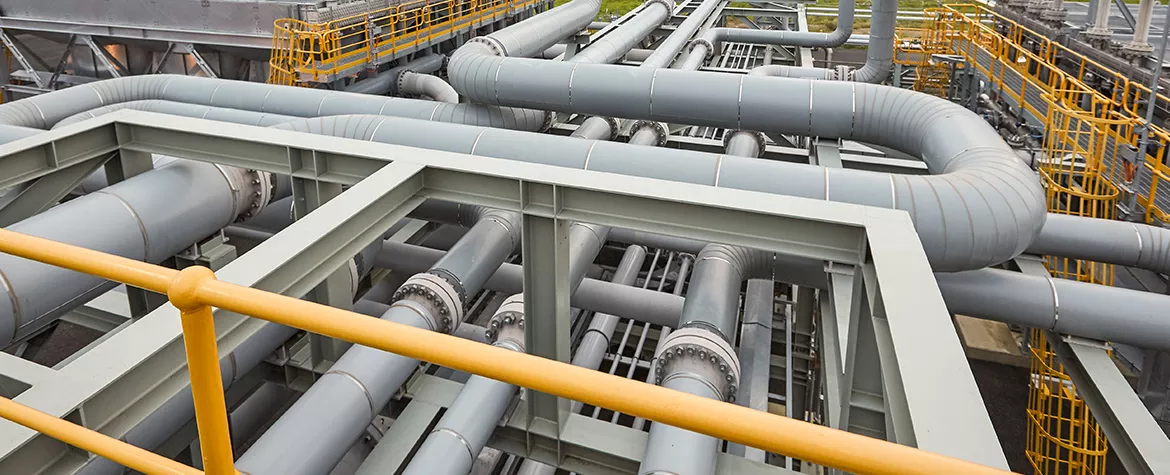
Federal government initiatives revealed this month have reinforced Northern Australia’s pivotal role in national and international energy and minerals security. While they make for good announcements, whether federal and state policies can deliver on development objectives remains unclear.
One of the initiatives, the Future Gas Strategy, is a keystone of the Future Made in Australia policy. It is predicated on new sources of gas in the north being developed to supply domestic and export needs until at least 2050. A production tax credit for critical minerals aims to incentivise processing in Australia, while incentives for renewable hydrogen production target the starting of this promising new industry for the nation and its north.
Meanwhile, expanded government investment in geoscience seeks to unlock new minerals and energy regions, identify carbon storage opportunities and define groundwater resources, focusing strongly on Northern Australia.
While the Future Gas Strategy outlined steps needed to rebuild Australia’s reputation as a reliable trade and investment partner for liquefied natural gas and to meet future domestic gas demand, it was almost immediately undermined by the government’s abandonment of legislation designed to clarify consultation requirements for offshore gas developments. And, despite federal and state geoscience being very successful in attracting exploration investment, turning discoveries into new mines takes more than 15 years on average.
Realising the growth objectives of the resources initiatives requires concerted action by federal and state governments that go beyond removing barriers to investment and actively facilitate it. A government ‘front door’ to facilitate major private sector investment, announced in the 14 May federal budget, plus measures to expedite approval processes appear to be useful initiatives. But implementation remains to be tested, and federal and state government processes will need to align. The two steps forward and one step back on gas policies won’t help investor or customer confidence.
The gas strategy is underpinned by impressively thorough analysis from the Department of Industry, Science and Resources and arrives at some eminently defensible conclusions, including that gas is essential to the domestic and global energy transition. It finds that new supply is needed to meet demand through to 2050, to replace depleted fields, increase resilience and mitigate supply costs. While use of gas for electricity generation will decline over time, the manufacturing sector’s consumption of around 26 percent of domestic gas supply will continue, because there are no substitutes in most manufacturing processes that use it.
Northern Australia produces all of Australia’s export LNG and is a principal source of additional domestic gas supply. Gas reserves in southern states have been depleted by well over half, but depletion of reserves has reached only one-third in Queensland and Western Australia and just 4 percent in the Northern Territory. New pipelines and storage capacity will be needed to deliver required volumes to the southern market, the strategy concludes.
The strategy recognises that Australian LNG plays a central role in current and future energy security and living standards for several of our Asian neighbours—and enables their transition to greater renewable energy sources. While Australia’s LNG exports are forecast to grow in the next decade and then to decline towards 2050, the strategy says LNG has a clear role to play even beyond then.
Growing global LNG demand is driving many new projects in North America, Papua New Guinea, Southeast Asia and the Middle East. Total LNG supply is expected to increase by nearly 50 percent by 2030, with Australia’s market share shrinking. Japanese companies have ramped up LNG investment elsewhere to tap alternative supply sources, partially in response to concerns about Australia’s supply reliability.
In the face of LNG supply competition, the gas strategy adopts the principle that Australia must remain a reliable trade and investment partner. ‘Government decisions on gas development rights should prioritise timely development and discourage repeated delays to ensure supply and affordability,’ it says.
The strategy notes that the LNG sector is the primary precursor to future investment in gas-consuming manufacturing and in hydrogen production. Massive renewable energy projects proposed for the Pilbara and Northern Territory could supply the large amounts of electricity required for hydrogen production.
The empowerment of First Nations people to benefit from energy projects and the transition to net zero is one of six actions in the strategy. In Northern Australia, there are many opportunities for much greater First Nations economic engagement, including by leveraging title to Indigenous lands and seas hosting resources production, transport and processing.
Northern Australia has great potential for additional capture and storage of carbon associated with gas production and processing. Identifying new basins in which to store carbon dioxide is a new objective of the expanded Resourcing Australia’s Prosperity minerals program. The program, run by Geoscience Australia in cooperation with state geological agencies, has been assessing geological potential over two large, underexplored areas in Northern Australia. The data gleaned has resulted in mineral explorers large and small taking up tenements.
Overcoming challenges to development may be daunting but is achievable with close cooperation between governments, industry and communities. Infrastructure, both hard and soft, is needed; project assessment, approval and facilitation processes must be streamlined, coordinated and made more certain; costs of project development and operation need to be mitigated to be market competitive; and governments have a role in helping to secure supply chains and project finance. Getting those settings right is also the key to enhanced resilience and security for Australia and its north. While recent strategies are a good start, government commitments to implementing changes will determine whether they are effective.


